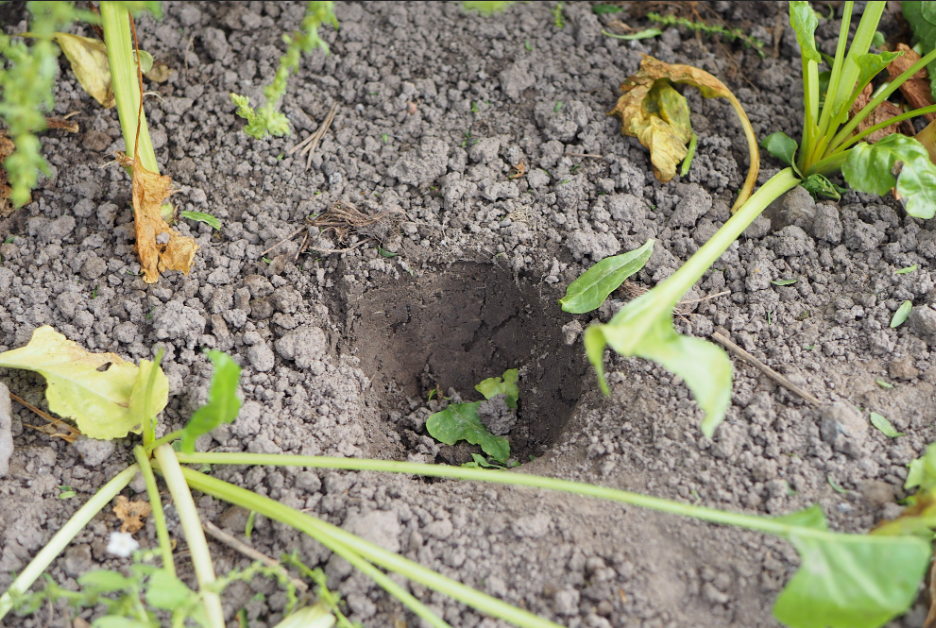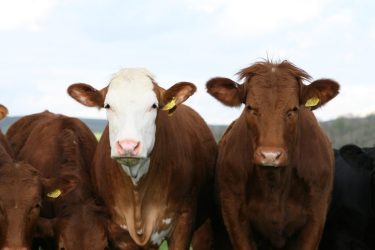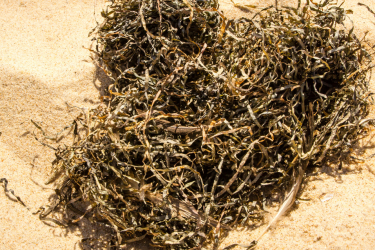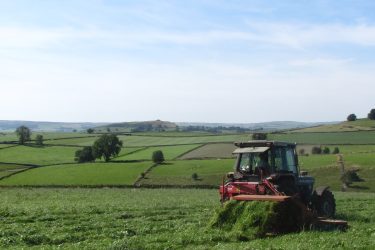By Andrew Hawkins
This year 2019 has seen a very wet end to the summer and beginning of Autumn with many parts of the country experiencing twice or three times monthly rainfall figures in a matter of days.
Many farms will have been challenged to avoid soil erosion and or damage to soils and the potential of these fields to deliver for the 2020 cropping year. This year has seen late-harvested maize or other forage crops grown for livestock where the lack of plant cover has increased the risk of soil erosion and nutrient residues from the previous crop being leached.
With care and the correct choice of species and variety it can be possible to establish over wintered cover or catch crops which can not only deal with the immediate challenges of soil erosion and nutrient uptake but also improve drainage and soil structure when establishing the next crop.
Where possible the use of minimum cultivation and or basic soil repair methods should enable less soil disturbance, soil erosion and nutrient loss when establishing the chosen crop which may be a mix of hybrid brassica or a grazing turnip or a forage rye variety.
Once established a choice could be made between either using this as a green manure or potentially grazing with sheep or youngstock, care would need to be taken in managing this to avoid surface poaching and capping of the soil whilst grazing. The return of manure to the soils would be useful in converting the crop dry matter into organic manure and soil organic matter increase for the next crop. The benefit in soil structure and drainage would be significant.
Looking ahead the future choice of whole crop cereals and maize varieties to enable the opportunity to introduce cover and catch crops such as grazing turnips or brassica mixes would give the manager more opportunities and enable timeliness of operations and can be established in September.








